


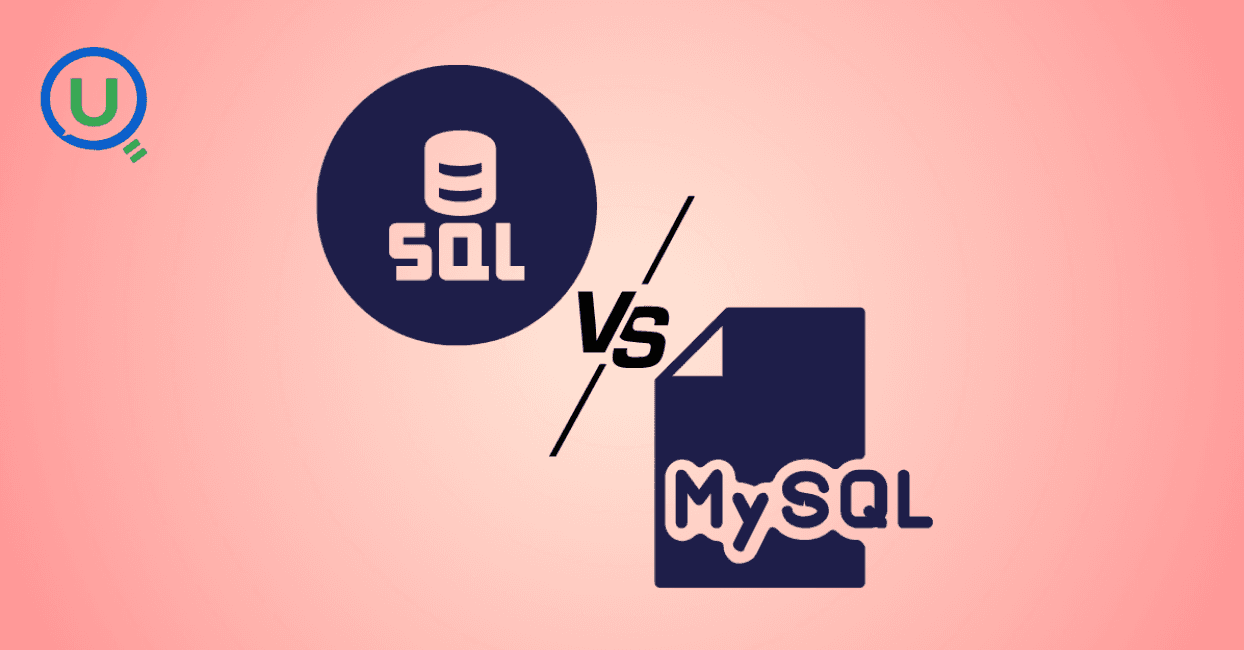
In today’s data-driven world, working with databases is a vital skill for developers, analysts, and data professionals. Whether you’re building an app, managing a website, or analyzing business trends, you’re likely to interact with databases in some form. When people begin their journey in data management or development, one of the most common questions that comes up is: what’s the difference between SQL and MySQL?
Though they sound similar, SQL and MySQL are not the same. In fact, they serve different purposes but are closely related. In this blog, we’ll explore SQL vs MySQL, break down their unique features, and help you understand how they differ and when to use each.
Before we get into the SQL vs MySQL comparison, it’s important to understand what each term means on its own.
SQL stands for Structured Query Language. It’s a standard programming language used to manage and manipulate relational databases. SQL allows users to create, read, update, and delete data (commonly known as CRUD operations). It is the language used to communicate with many relational database systems including MySQL, PostgreSQL, SQL Server, Oracle, and others.
Some of the most common SQL commands include:
SELECT: to retrieve data
INSERT: to add new records
UPDATE: to modify existing data
DELETE: to remove data
CREATE TABLE: to make new tables
MySQL, on the other hand, is a relational database management system (RDBMS). It is software that uses SQL to query and manage databases. Developed by Oracle Corporation, MySQL is open-source and widely used for web applications, especially in combination with PHP.
It stores data in tables and allows developers to interact with that data using SQL. When people refer to setting up a database for their websites or apps, they often mean setting up a MySQL database.
Let’s now look at some of the key differences that make SQL vs MySQL a valid and useful comparison. Though SQL is a language and MySQL is software, they are often compared due to their close relationship in the world of databases.
SQL is a standard language used to manage relational databases.
MySQL is a database management system that implements SQL to interact with stored data.
Think of SQL as the "language" and MySQL as the "tool" that uses that language to manage information. So in the SQL vsMySQLl comparison, SQL defines how data should be handled, while MySQL actually performs the operations.
SQL is used across many database platforms including:
MySQL
Microsoft SQL Server
PostgreSQL
Oracle Database
MySQL, however, uses SQL as its language but also includes additional features, settings, and tools unique to its environment.
In other words, if you learn SQL, you can apply that knowledge to multiple systems—not just MySQL. But if you only learn MySQL-specific tools and interfaces, your skills might not transfer as smoothly to another platform.
This is the fundamental difference. SQL is a language, just like HTML is for web pages or Python is for scripting. MySQL is software, like Google Chrome is for browsing or Microsoft Excel is for spreadsheets.
So, comparing SQL vs MySQL is similar to comparing a spoken language to an app that uses that language. One is the method of communication; the other is the tool built to process that communication.
SQL, being a language, doesn’t have a license or cost. Anyone can use it freely.
MySQL is open-source, which means it’s free to use for most applications. However, Oracle also offers paid enterprise versions of MySQL with added features, support, and performance enhancements for large businesses.
In commercial environments, the choice of SQL database systems often depends on budget, scalability needs, and support options.
When comparing sql vs mysql, performance discussions focus more on how MySQL implements SQL operations rather than the language itself.
MySQL is fast and efficient for most small to medium-sized applications. For more complex systems, tools like PostgreSQL or Microsoft SQL Server might offer advanced features or better optimization.
SQL, being the language, remains the same across all these tools, though specific functions or syntax might slightly vary.
Let’s say you’re building a website for an online bookstore. You want to store customer data, book inventory, and order history.
You decide to use MySQL as your database system because it’s reliable, free, and integrates well with PHP.
You use SQL queries to create tables, insert book listings, and retrieve customer orders.
SQL tells the database what to do, and MySQL carries out the instruction.
Understanding sql vs mysql helps you choose the right learning path or technology stack for your needs.
If you're just starting out and want to learn how databases work, start with SQL. It's the foundation and works across platforms.
If you're building a website, app, or small business solution, MySQL is a great choice for the database backend.
If you're preparing for a job in data analysis, software development, or business intelligence, knowing both SQL and how to operate in MySQL environments is highly valuable.
The best part? Once you understand SQL, picking up MySQL becomes much easier.
The conversation around SQL vs MySQL is less about which is better and more about understanding how they complement each other. SQL is the powerful language that forms the core of how we interact with data. MySQL is the system that makes those interactions possible in real-world applications.
If you're serious about working with data, learning SQL gives you the freedom to work with many tools, and learning MySQL helps you build and manage practical projects. Together, they form a crucial skillset in today’s technology landscape.
Whether you're a beginner looking to enter tech or a professional seeking to upskill, understanding SQL vs MySQL equips you with the knowledge to work smarter with data.
At Enqurious, we know that the world of data and technology can feel overwhelming at first. That’s why we provide guided learning paths, live projects, and expert mentorship to help you understand tools like SQL and MySQL from scratch. Whether you want to explore the basics of SQL vs MySQL, practice real-world queries, or work on database projects, our platform is designed to support your learning every step of the way. Talk to our expert and unlock your learning path today!
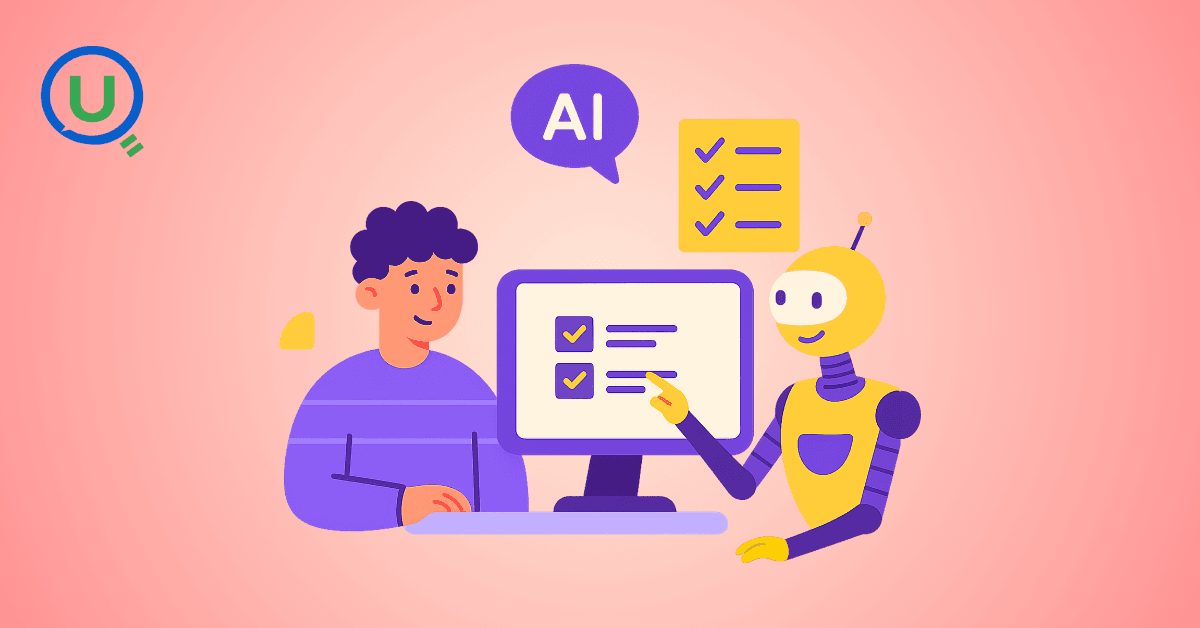
Passed the Databricks Gen AI Associate Certification with 56 questions in 90 minutes! Here's my honest experience, preparation strategy, time management tricks, and the exact resources that helped me succeed. Real insights for aspiring certificants.

A practical walkthrough of how I reduced heavy batch workloads using Change Data Feed (CDF) in Databricks. This blog shows how CDF helps process only updated records, cutting compute costs and boosting pipeline efficiency.

I dropped a table in Snowflake, then queried to verify it was gone. The system said it doesn't exist, but also showed it consuming 3.57 MB. That contradiction led me down a rabbit hole of metadata delays, missing commands, and hidden costs. Here's what I discovered.
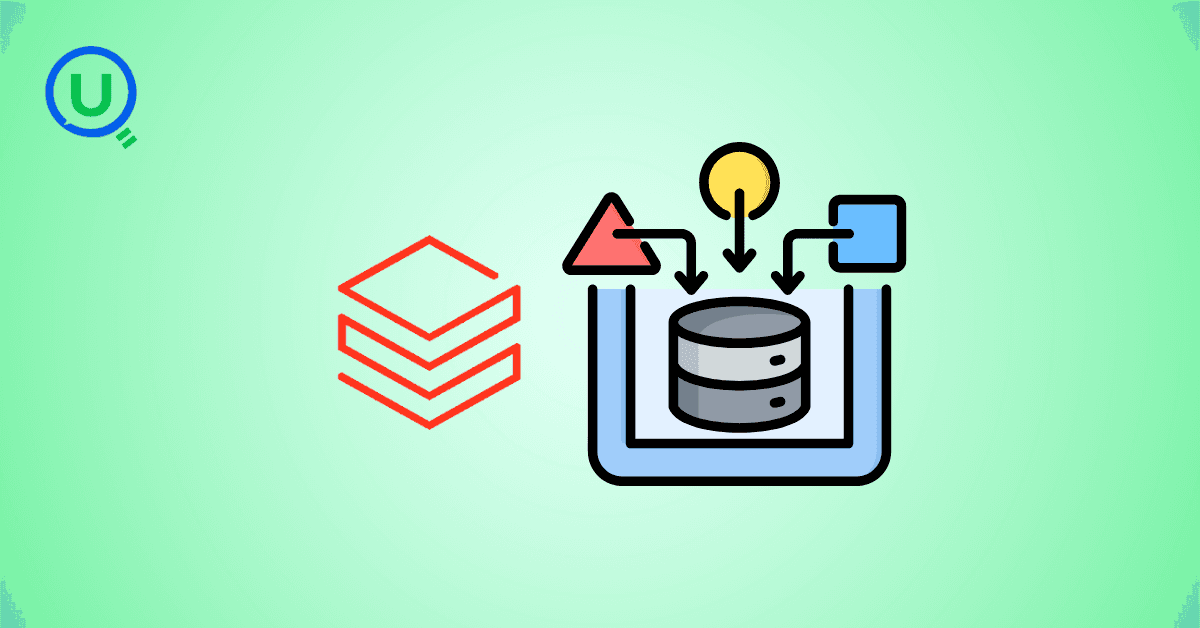
The AI industry has a security problem: data scientists aren't trained in security, ML engineers are working with black-box models, and security pros don't understand GenAI. Learn about the frameworks and tools bridging this gap—from Llama Guard to Databricks' safety features.
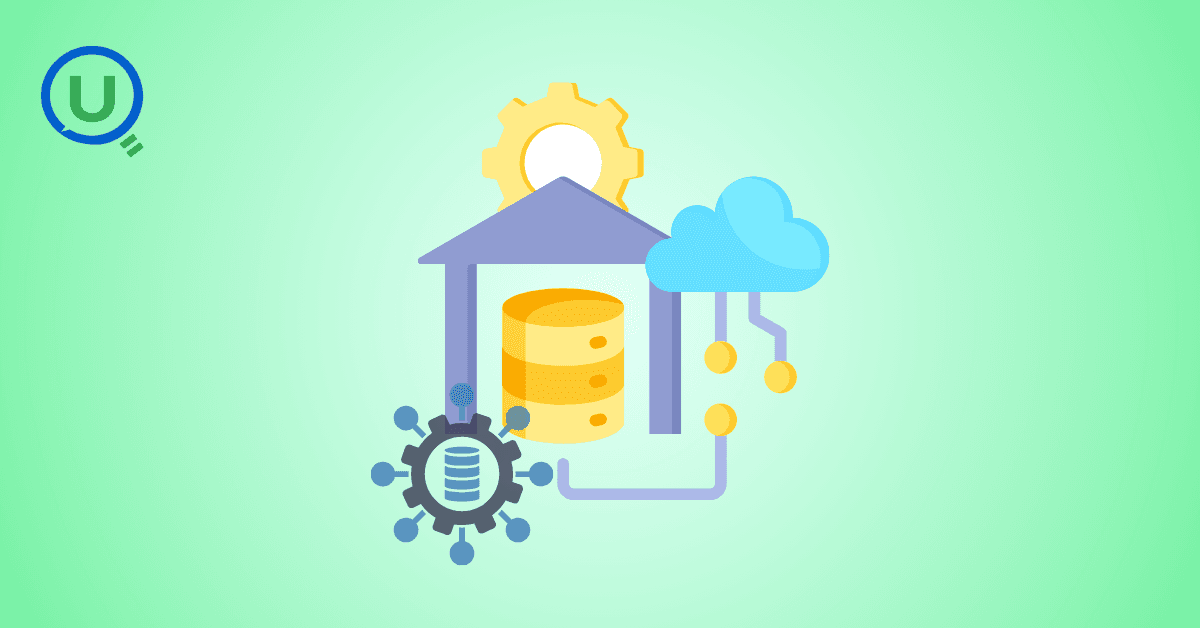
Why DELETE isn’t enough under GDPR, and how Time Travel can make sensitive data reappear unless VACUUM is used correctly.

This blog shares my personal journey into Snowflake Gen AI, from early confusion to hands-on clarity. It offers practical study tips, common pitfalls, and guidance to help you prepare effectively and understand Snowflake’s evolving AI capabilities.

Started scrolling Instagram at 2 AM. Saw Cloudflare memes. Fell down a 4-hour research rabbit hole. Discovered that AND database = 'default' could have prevented the whole thing. My sleep schedule is ruined but at least I understand distributed systems now.

Discover the top 10 data pipeline tools every data engineer should know in 2025. From Airflow to Fivetran, learn how each tool powers modern data workflows, supports real-time analytics, and scales across cloud ecosystems.
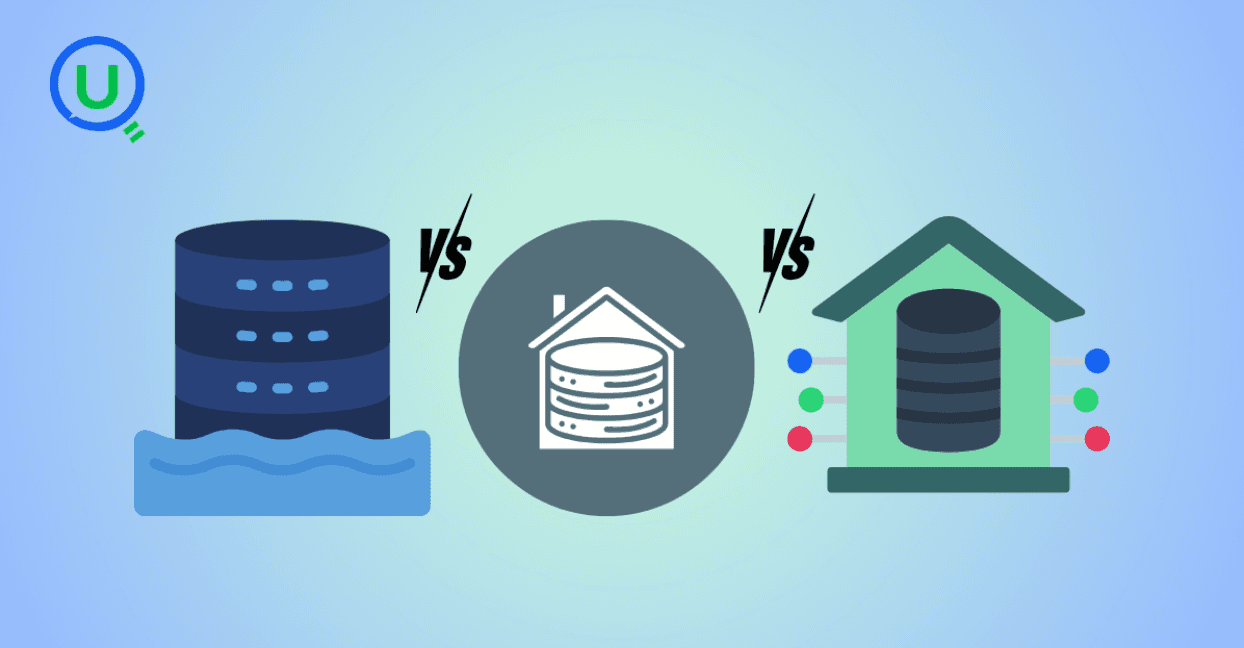
Confused between a data lake, data warehouse, and data mart? Discover key differences, real-world use cases, and when to use each architecture. Learn how to build a modern, layered data strategy for scalability, governance, and business insights.

Explore what syntax means in the world of data and AI—from SQL and Python to JSON and APIs. Learn why syntax matters, common errors, real-world examples, and essential best practices for data engineers, analysts, and AI developers in 2025.
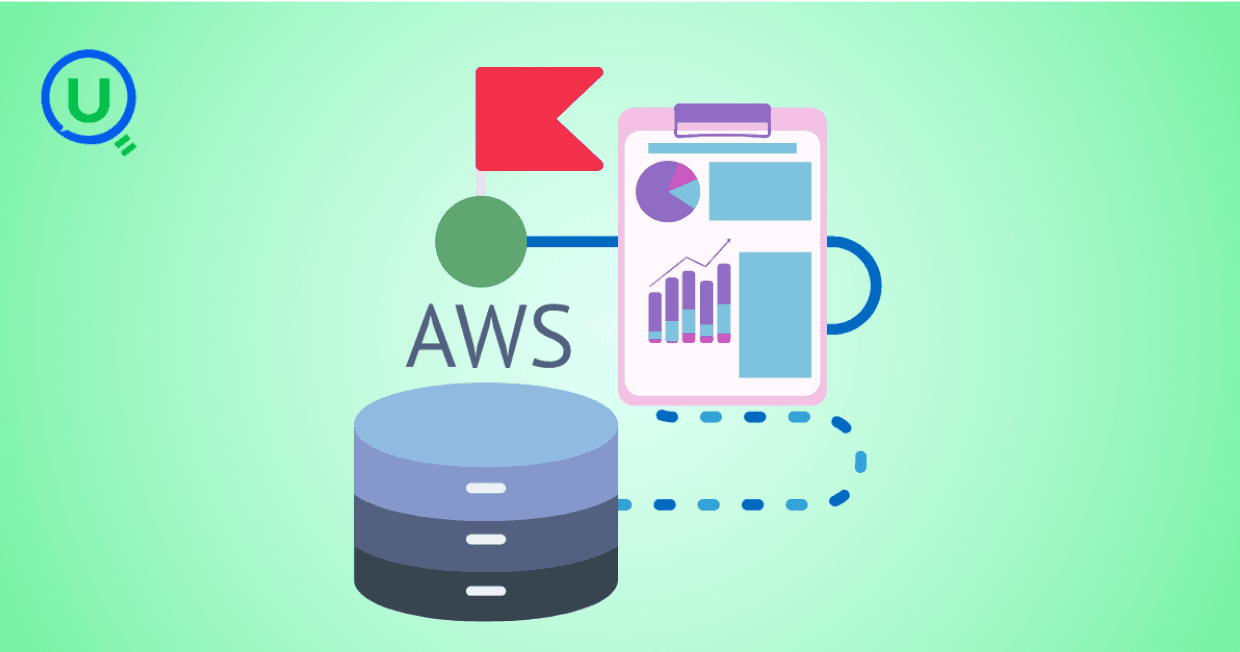
Discover how AWS Data Pipeline helps automate data movement and transformation across AWS services like S3, Redshift, and EMR. Learn its key features, benefits, limitations, and how it compares to modern tools like AWS Glue and MWAA.

Learn how to build scalable and secure data pipeline architectures in 2024 with best practices, modern tools, and intelligent design. Explore key pillars like scalability, security, observability, and metadata tracking to create efficient and future-proof data workflows.
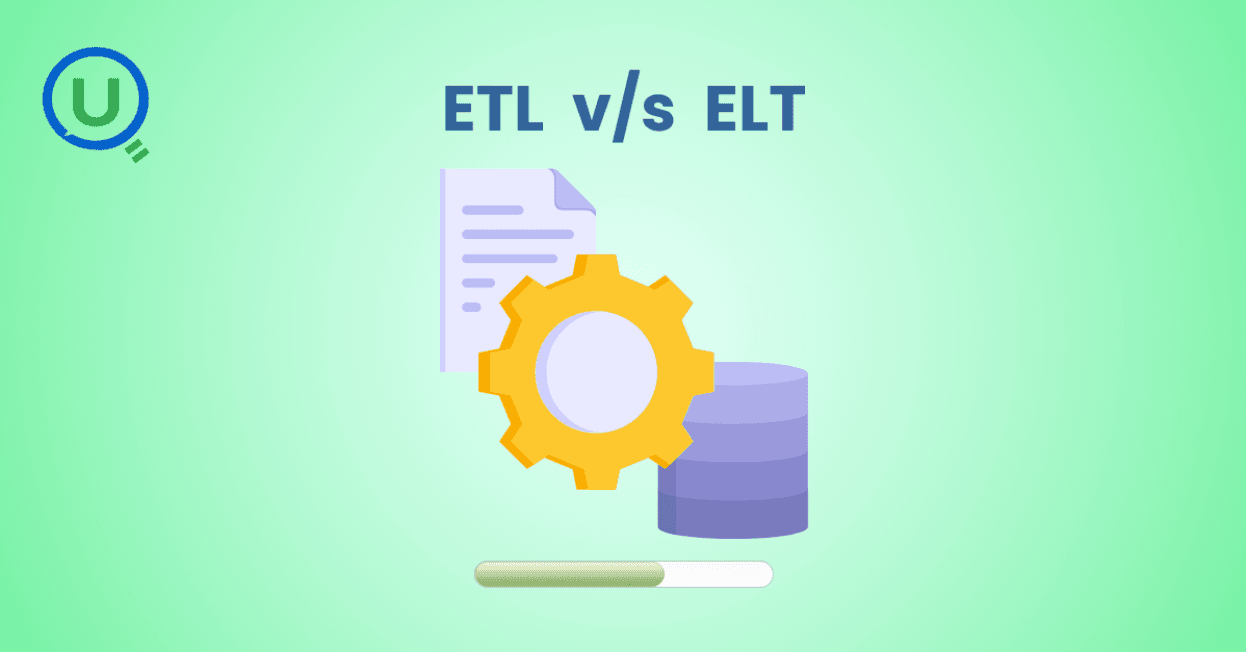
Explore the key differences between ETL and ELT data integration methods in this comprehensive guide. Learn when to choose each approach, their use cases, and how to implement them for efficient data pipelines, real-time analytics, and scalable solutions.
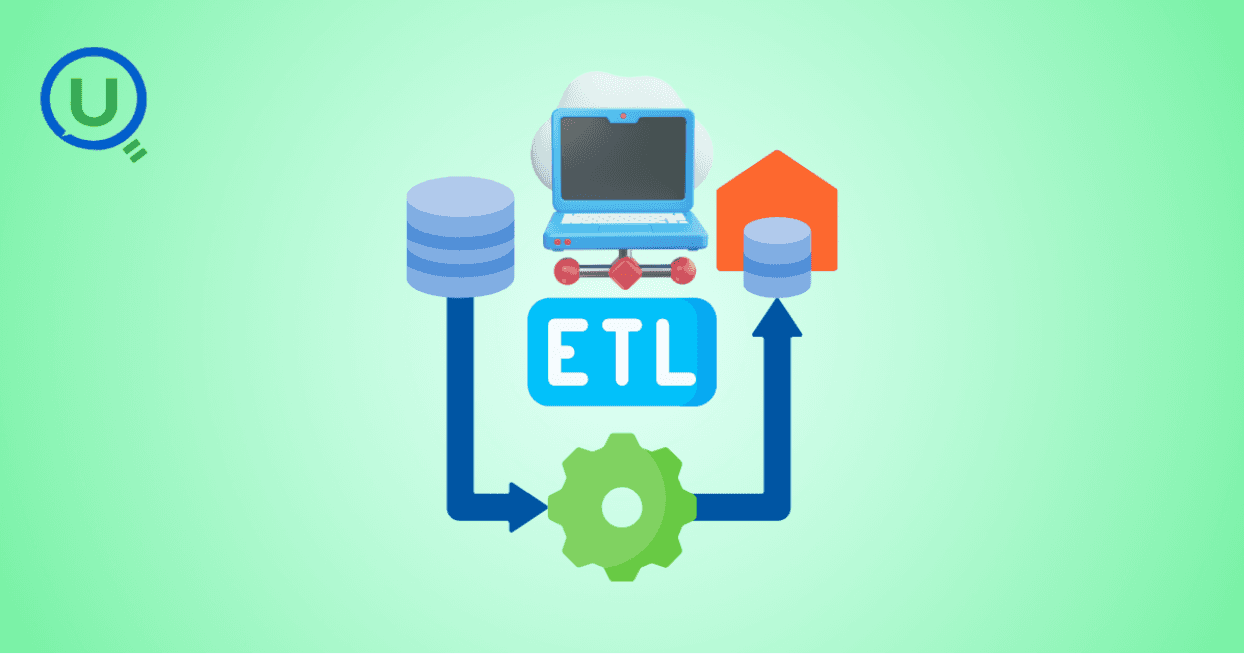
Learn the essential role of ETL (Extract, Transform, Load) in data engineering. Understand the three phases of ETL, its benefits, and how to implement effective ETL pipelines using modern tools and strategies for better decision-making, scalability, and data quality.
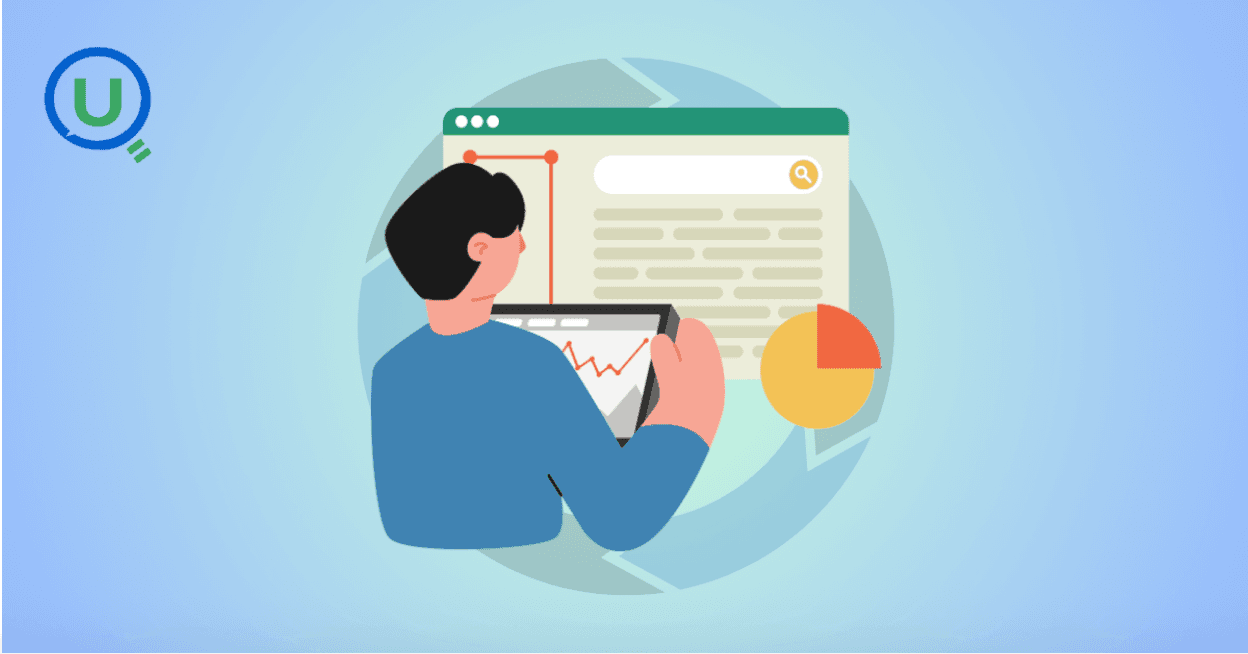
Discover why data orchestration and analysis are essential for modern data systems. Learn how automation tools streamline data workflows, boost insights, and scale with your business

Learn what a data ingestion pipeline is, why it's vital for modern analytics, and how to design scalable, real-time pipelines to power your data systems effectively.
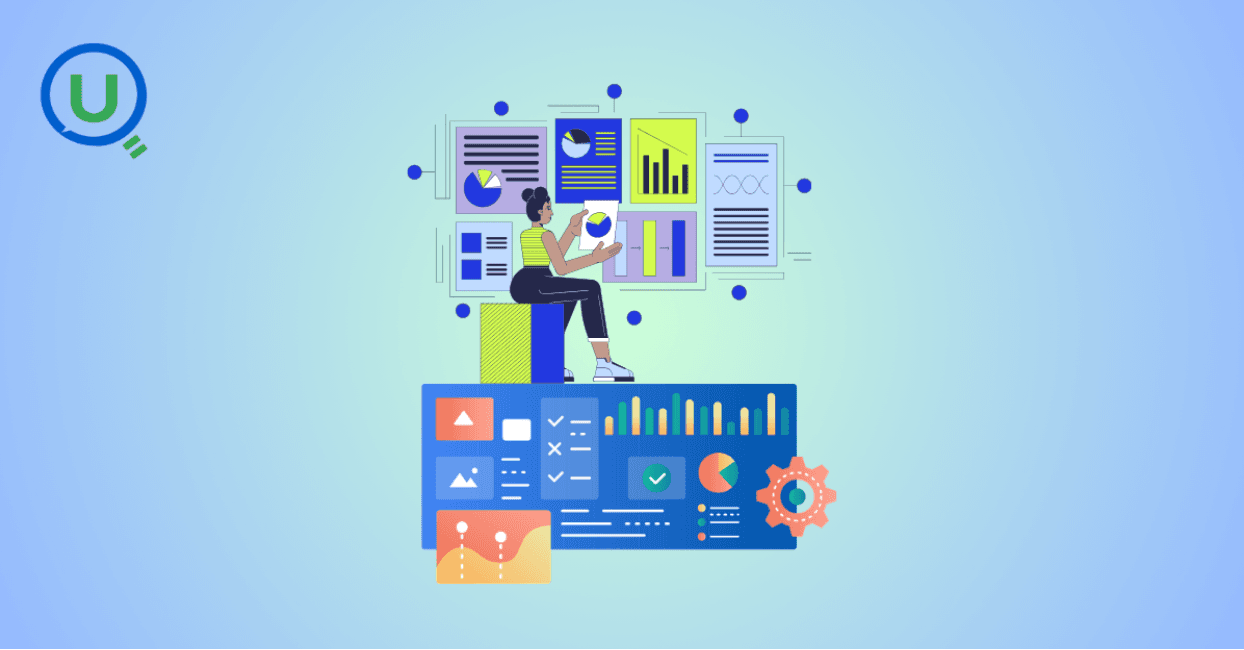
Discover the top 15 data warehouse tools for scalable data management in 2024. Learn how to choose the right platform for analytics, performance, and cost-efficiency.
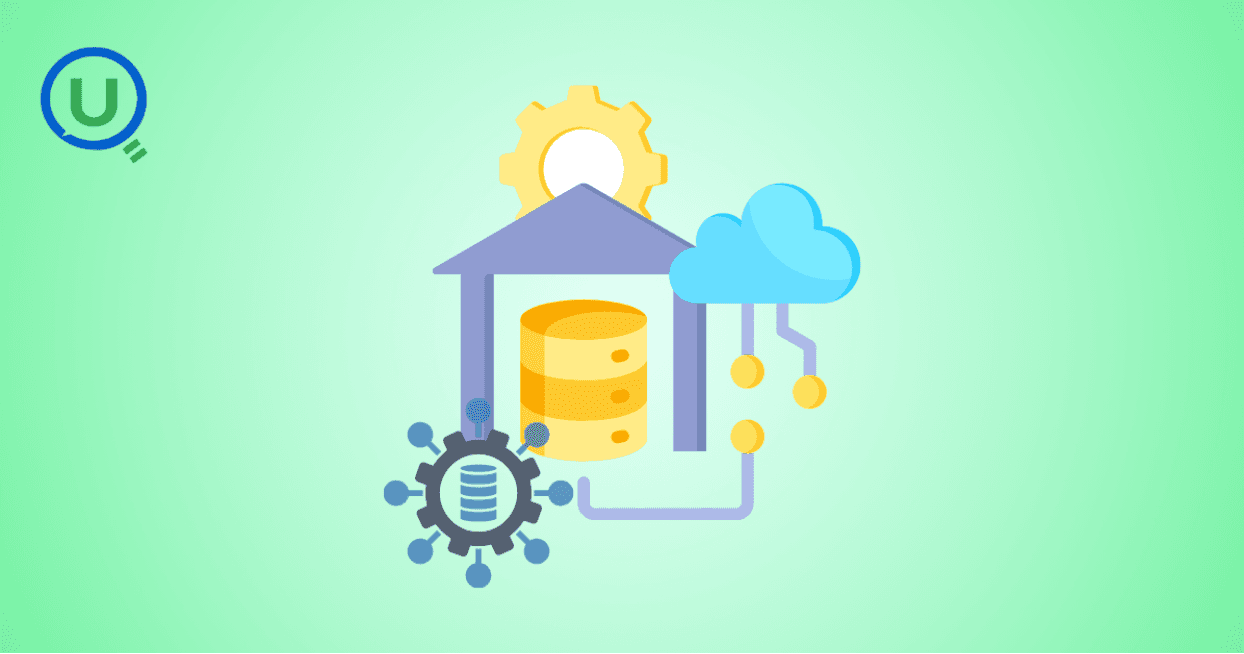
Confused between a data mart and a data warehouse? Learn the key differences, use cases, and how to choose the right data architecture for your business. Explore best practices, real-world examples, and expert insights from Enqurious.
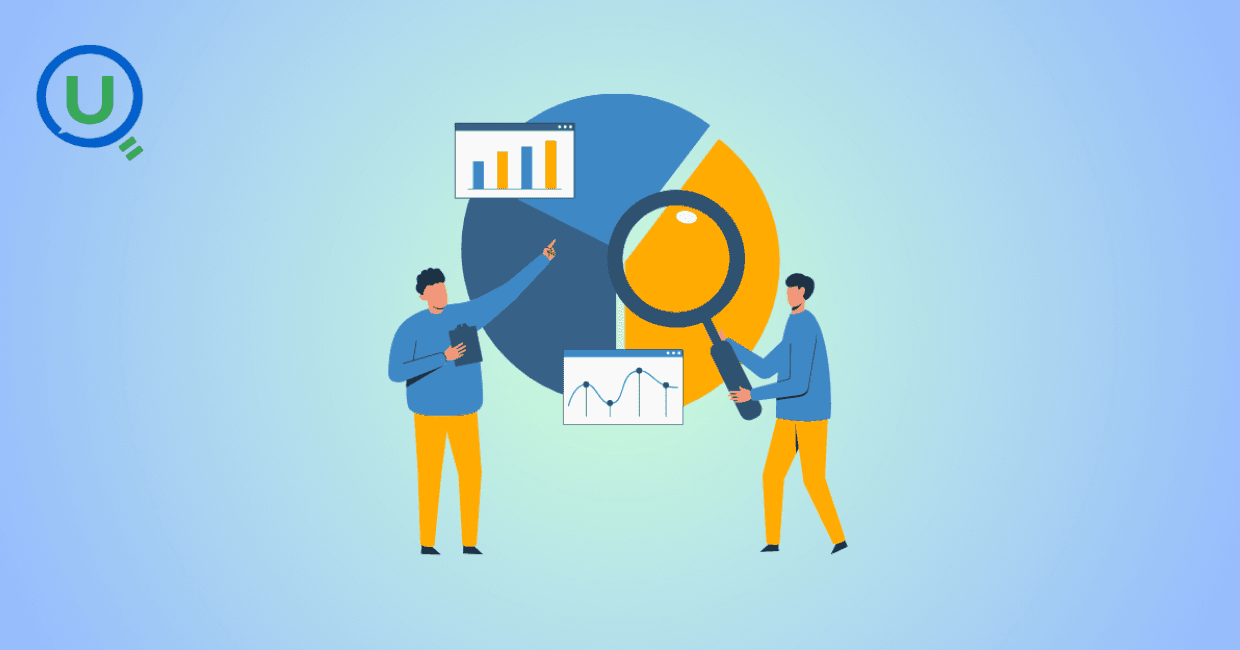
Discover the top 10 predictive analytics tools to know in 2025—from SAS and Google Vertex AI to RapidMiner and H2O.ai. Learn why predictive analytics is essential for modern businesses and how to choose the right tool for your data strategy.

Explore the key differences between descriptive and predictive analytics, and learn how both can drive smarter decision-making. Discover how these analytics complement each other to enhance business strategies and improve outcomes in 2025 and beyond.
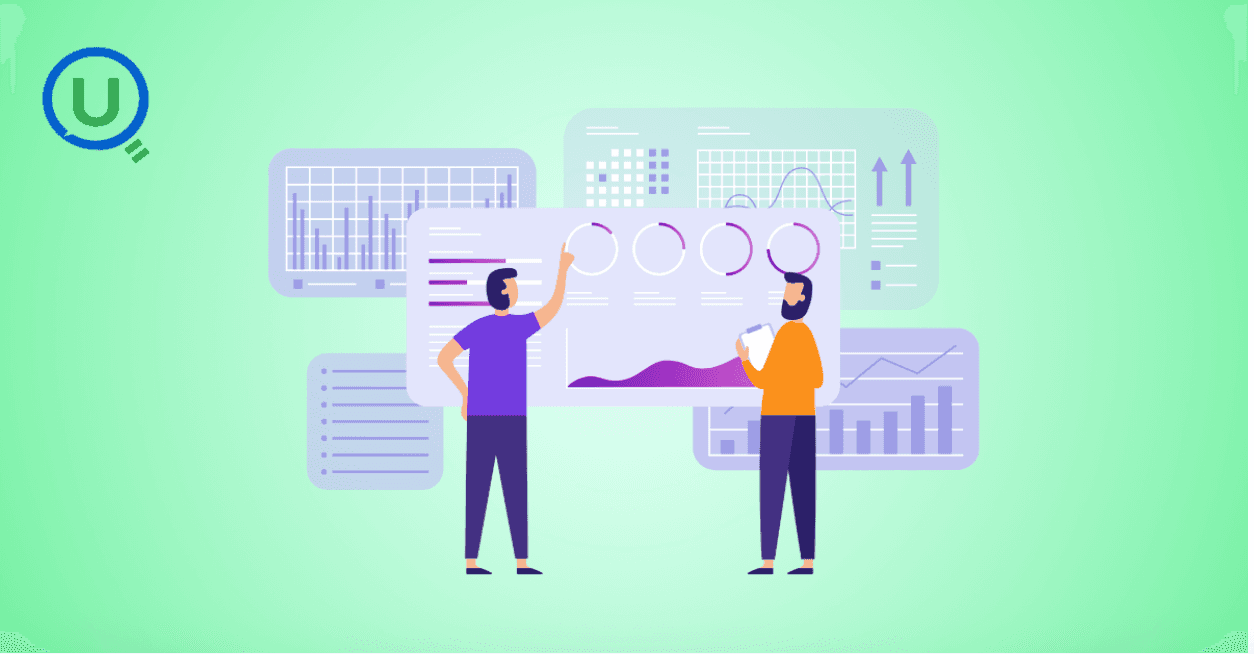
Explore the key differences between predictive and prescriptive analytics, and learn how both can drive smarter decisions, enhance agility, and improve business outcomes. Discover real-world applications and why mastering both analytics approaches is essential for success in 2025 and beyond.
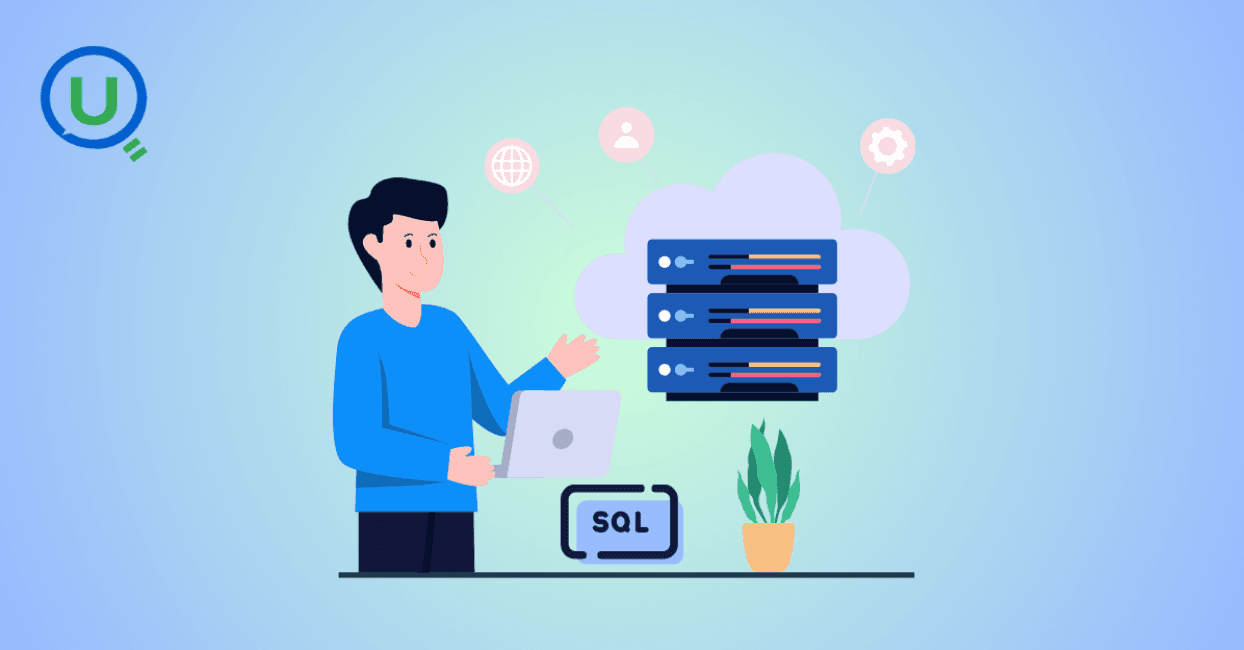
Compare PostgreSQL vs SQL Server in this comprehensive guide. Learn the key differences, strengths, and use cases to help you choose the right database for your business needs, from cost to performance and security.

Learn what Power BI is and how it works in this beginner's guide. Discover its key features, components, benefits, and real-world applications, and how it empowers businesses to make data-driven decisions.
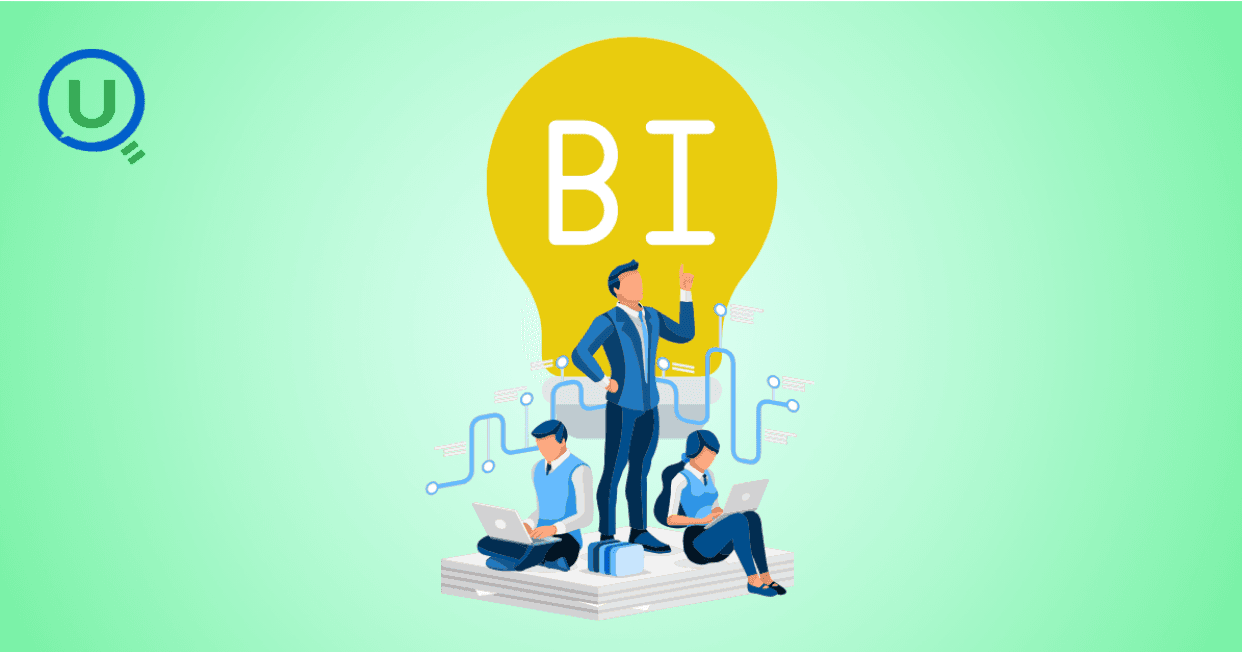
Explore what a Business Intelligence Engineer does—from building data pipelines to crafting dashboards. Learn key responsibilities, tools, and why this role is vital in a data-driven organization.
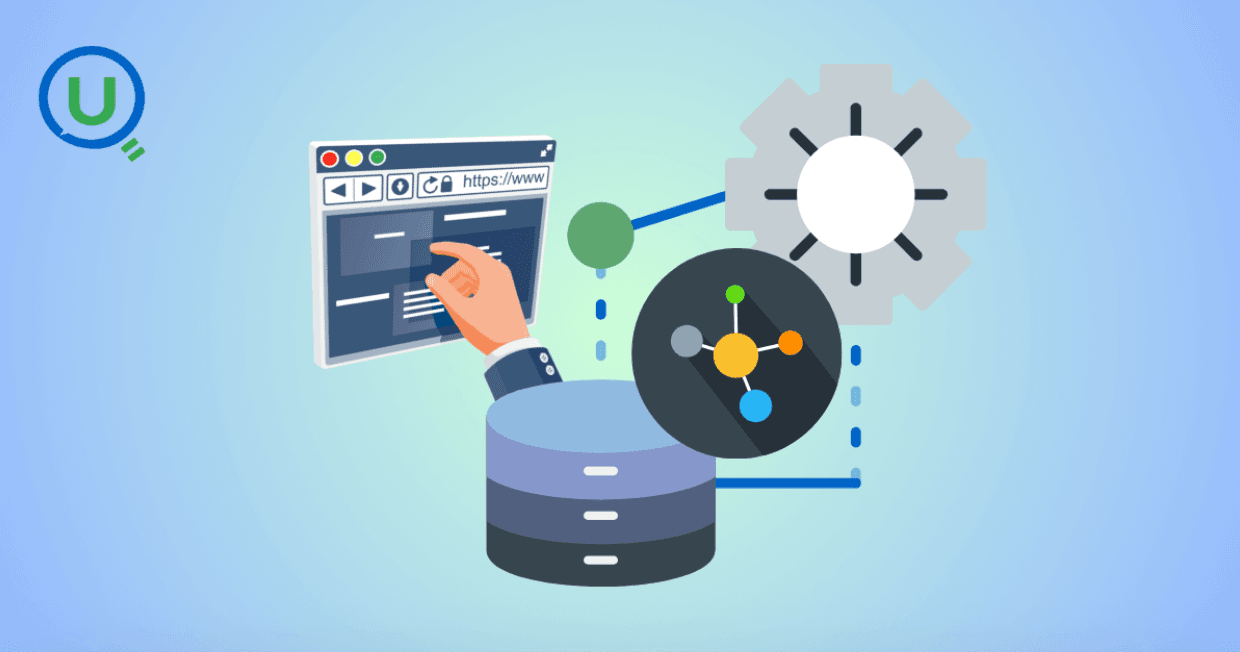
Discover why data lineage is essential in today’s complex data ecosystems. Learn how it boosts trust, compliance, and decision-making — and how Enqurious helps you trace, govern, and optimize your data journeys.
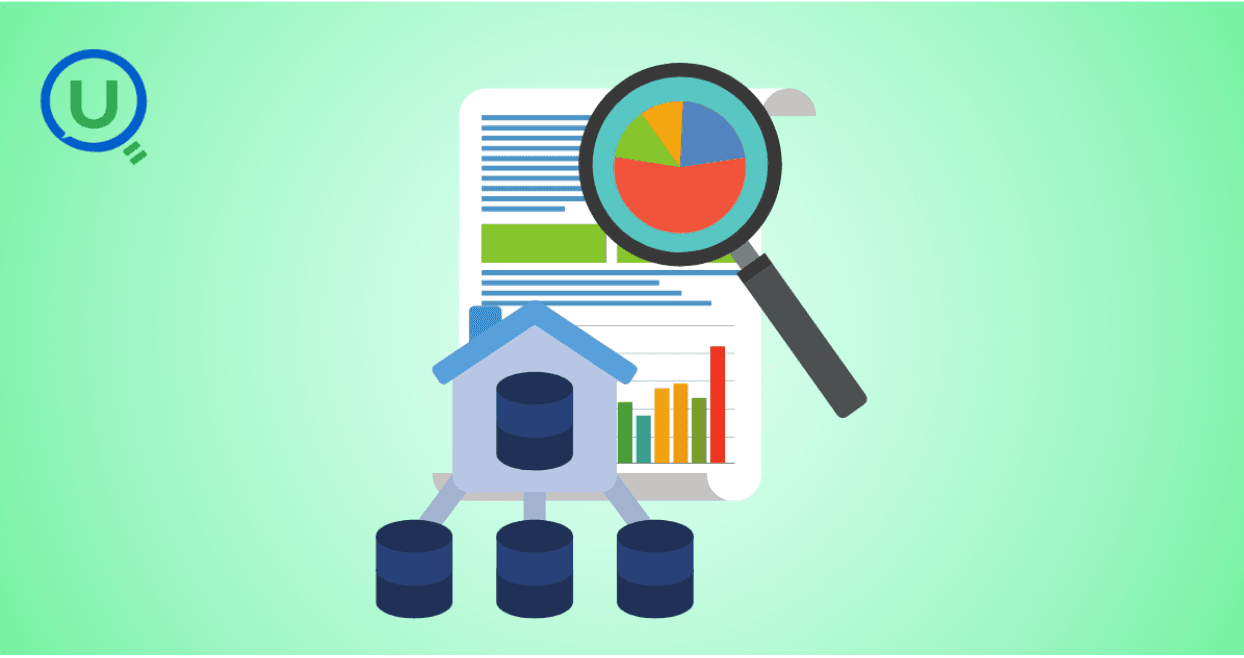
Learn what a data mart is, its types, and key benefits. Discover how data marts empower departments with faster, targeted data access for improved decision-making, and how they differ from data warehouses and data lakes.
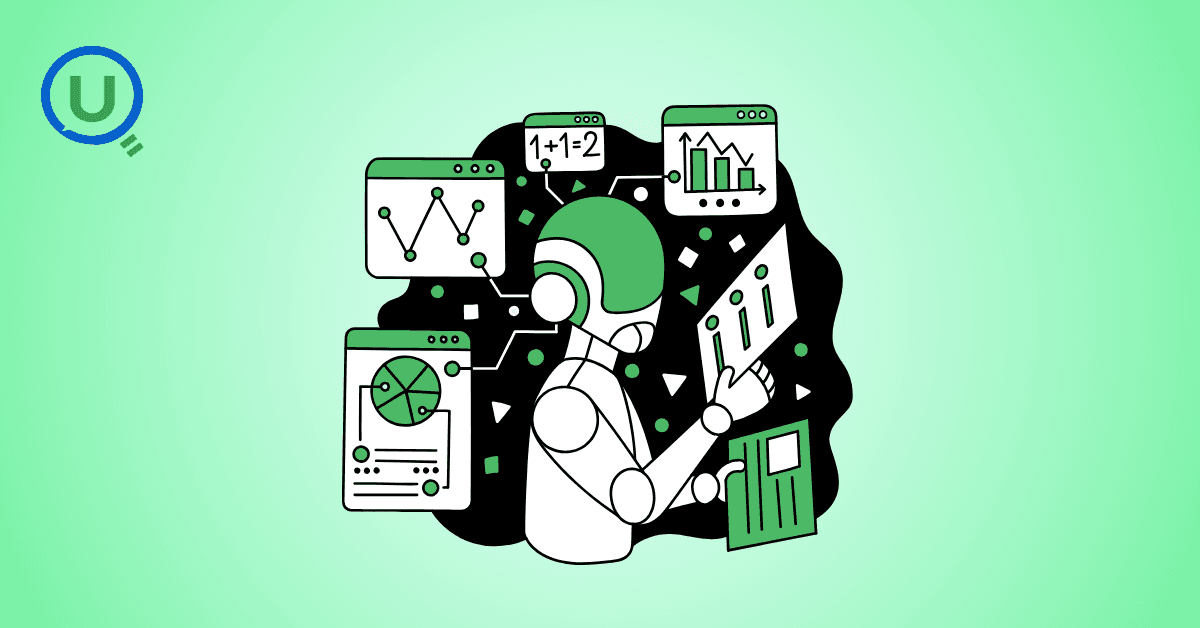
Master data strategy: Understand data mart vs data warehouse key differences, benefits, and use cases in business intelligence. Enqurious boosts your Data+AI team's potential with data-driven upskilling.
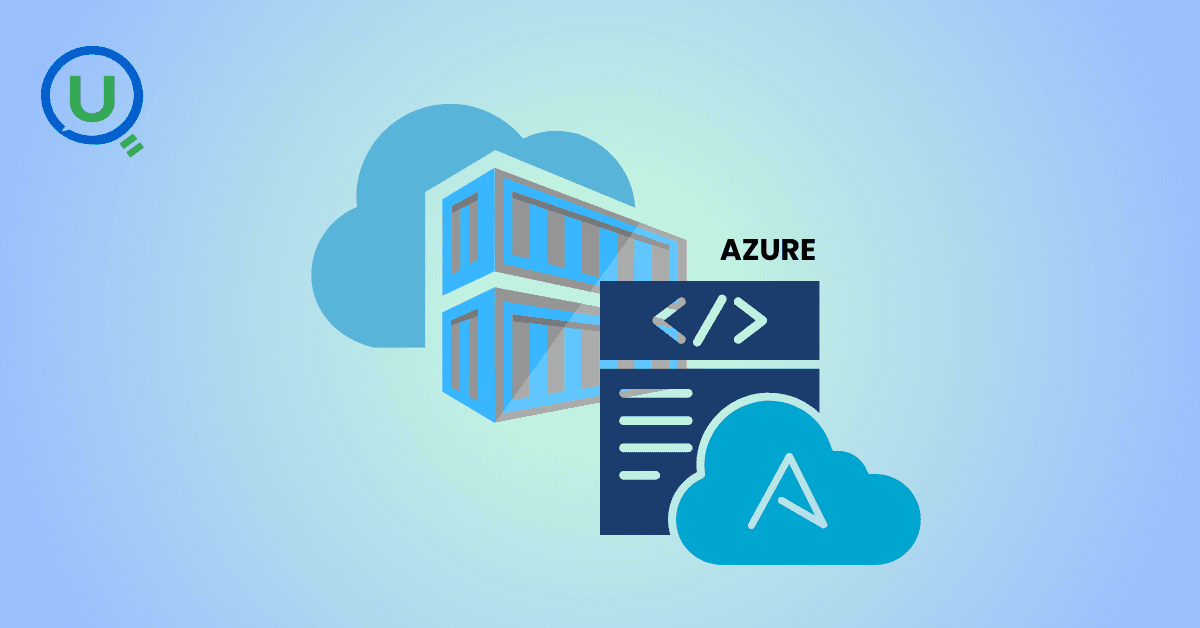
Learn what Azure Data Factory (ADF) is, how it works, and why it’s essential for modern data integration, AI, and analytics. This complete guide covers ADF’s features, real-world use cases, and how it empowers businesses to streamline data pipelines. Start your journey with Azure Data Factory today!
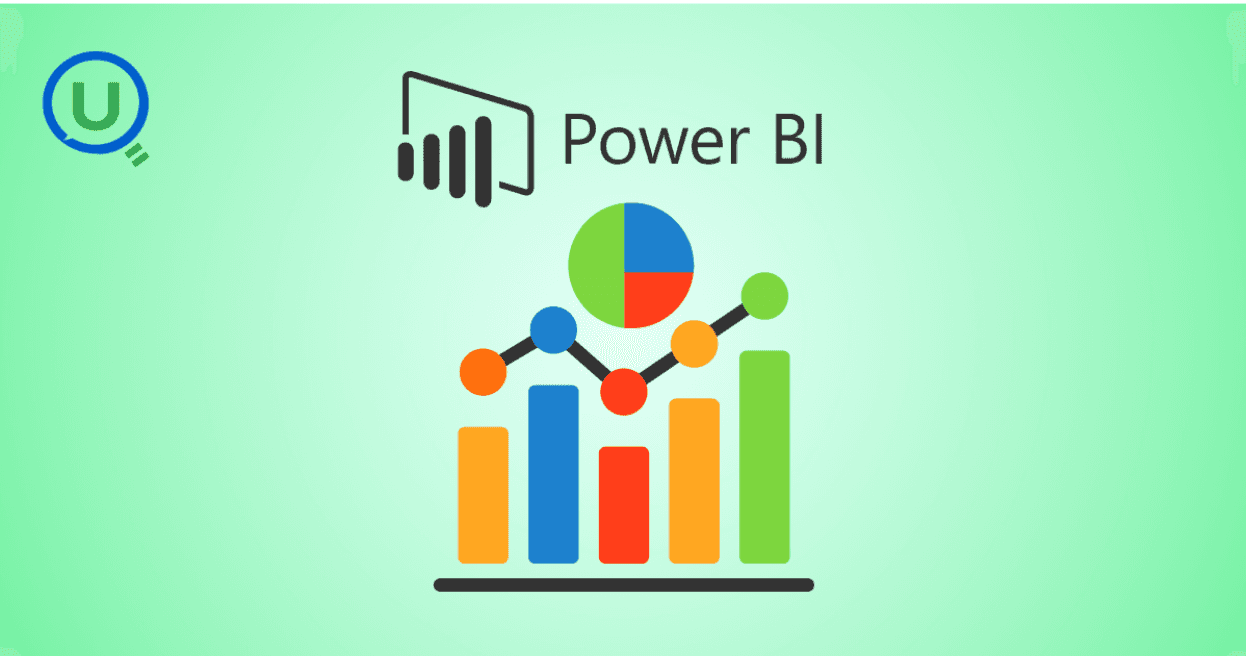
Learn Power BI from scratch in 2025 with this step-by-step guide. Explore resources, tips, and common mistakes to avoid as you master data visualization, DAX, and dashboard creation. Start your learning journey today with Enqurious and gain hands-on training from experts!
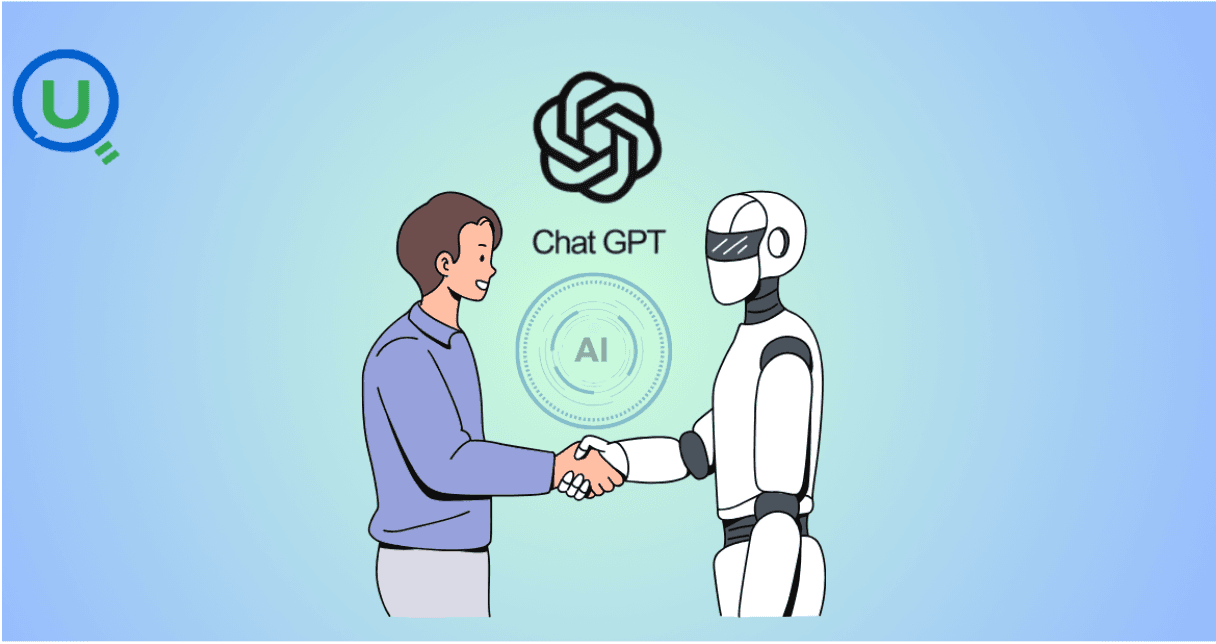
AI tools like ChatGPT are transforming clinical data management by automating data entry, enabling natural language queries, detecting errors, and simplifying regulatory compliance. Learn how AI is enhancing efficiency, accuracy, and security in healthcare data handling.
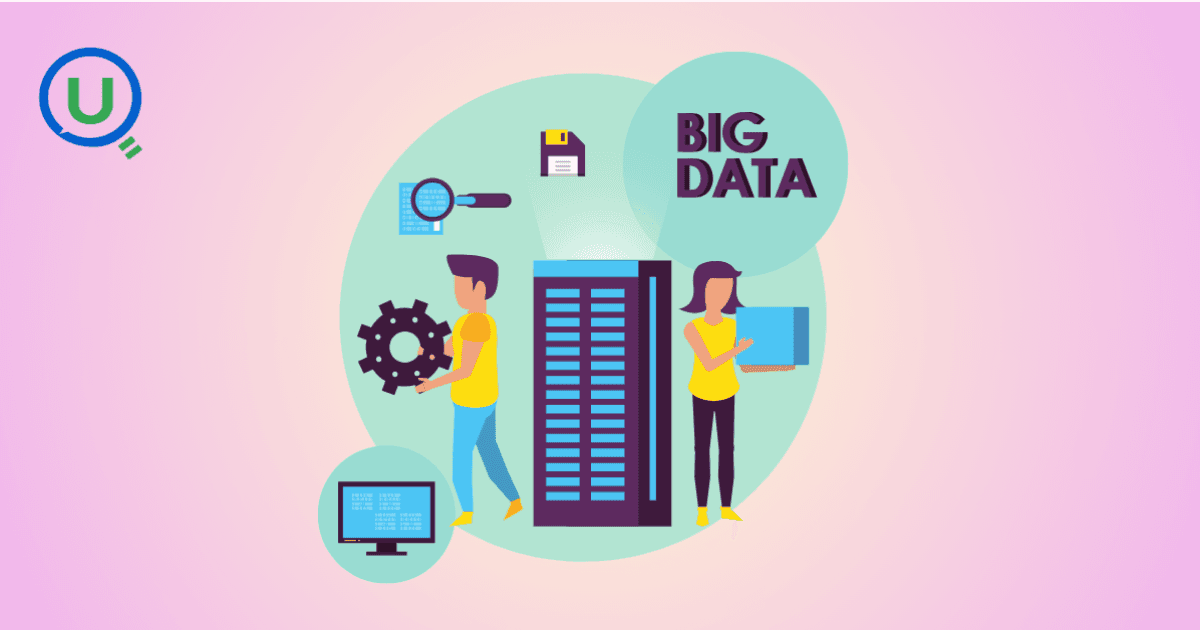
Big Data refers to large, complex data sets generated at high speed from various sources. It plays a crucial role in business, healthcare, finance, education, and more, enabling better decision-making, predictive analytics, and innovation.
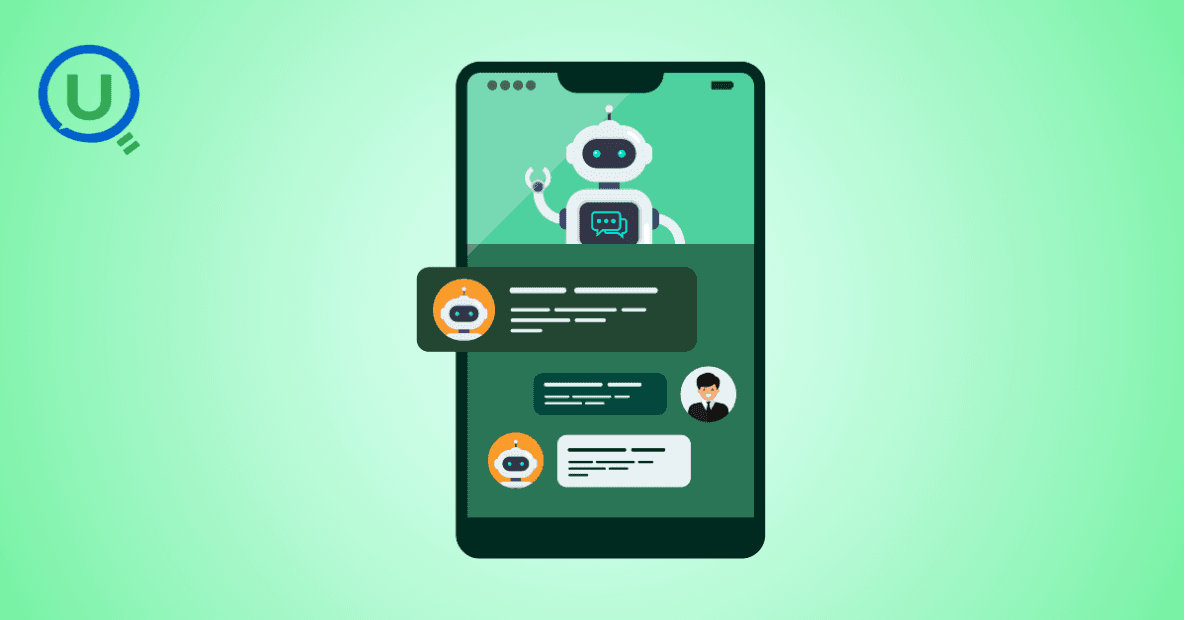
Discover the power of prompt engineering and how it enhances AI interactions. Learn the key principles, real-world use cases, and best practices for crafting effective prompts to get accurate, creative, and tailored results from AI tools like ChatGPT, Google Gemini, and Claude.

Learn what a Logical Data Model (LDM) is, its key components, and why it’s essential for effective database design. Explore how an LDM helps businesses align data needs with IT implementation, reducing errors and improving scalability.

Discover the power of a Canonical Data Model (CDM) for businesses facing complex data integration challenges. Learn how CDM simplifies communication between systems, improves data consistency, reduces development costs, and enhances scalability for better decision-making.
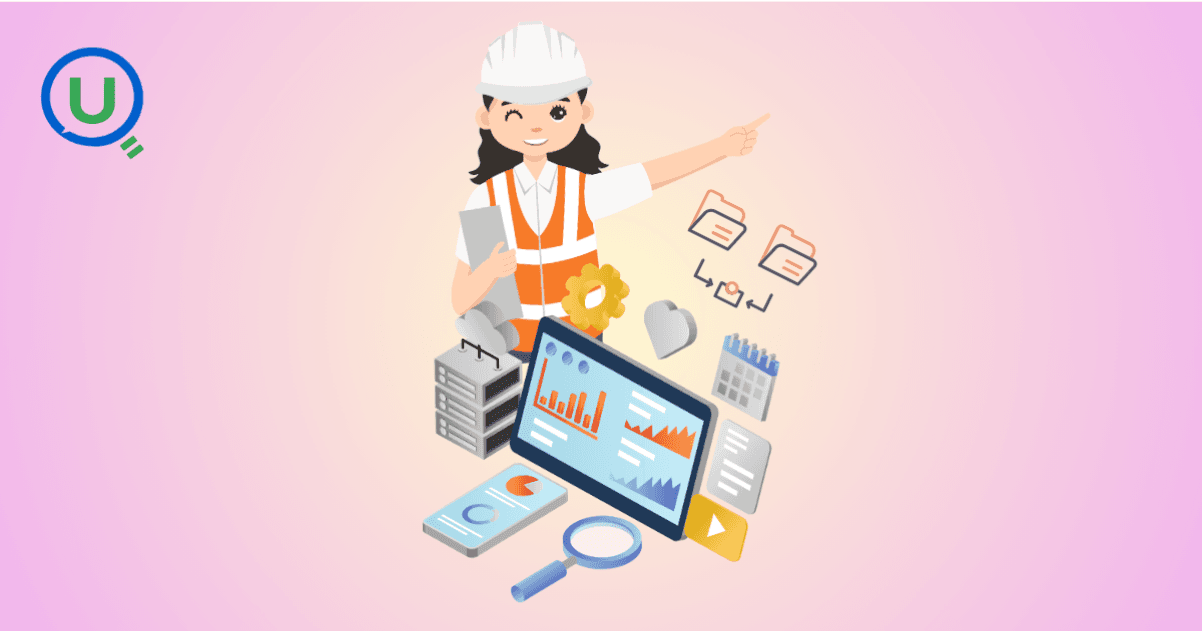
Discover the 10 essential benefits of Engineering Data Management (EDM) and how it helps businesses streamline workflows, improve collaboration, ensure security, and make smarter decisions with technical data.

Explore how vibe coding is transforming programming by blending creativity, collaboration, and technology to create a more enjoyable, productive, and human-centered coding experience.
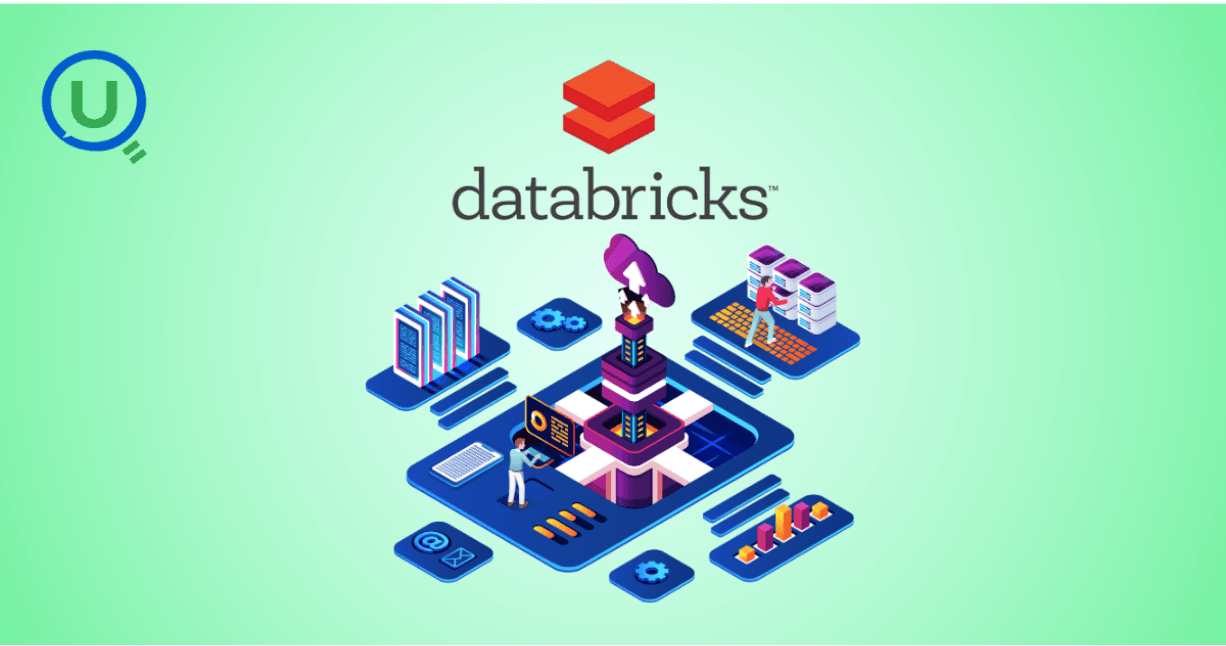
Learn how Azure Databricks empowers data engineers to build optimized, scalable, and reliable data pipelines with features like Delta Lake, auto-scaling, automation, and seamless collaboration.
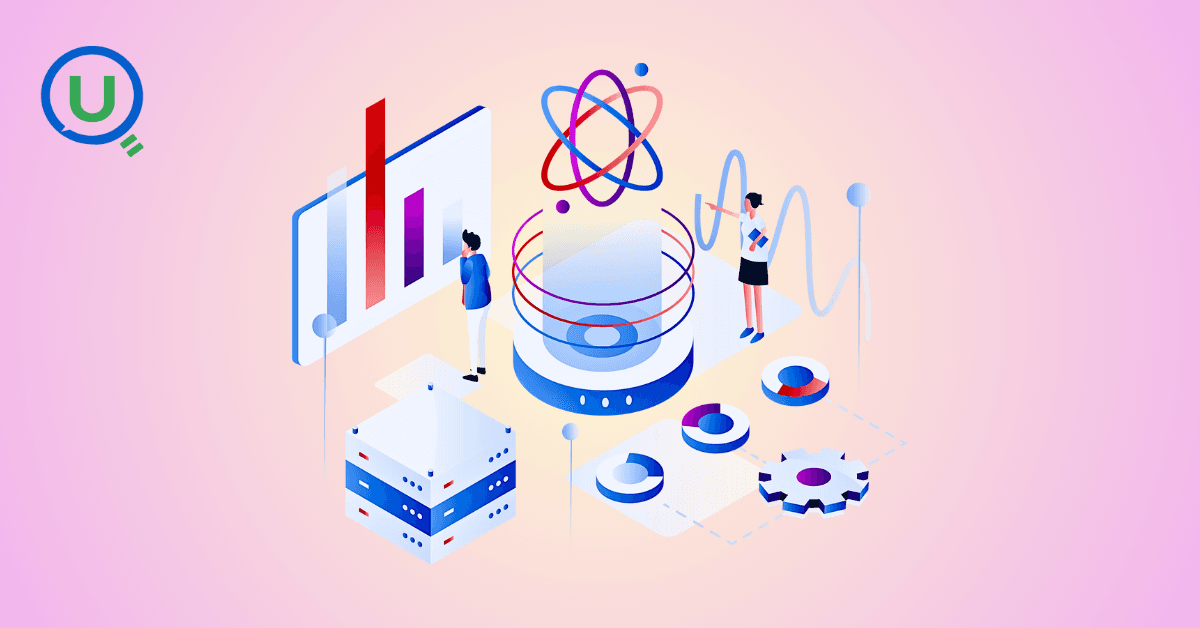
Explore the top 10 data science trends to watch out for in 2025. From generative AI to automated machine learning, discover how these advancements are shaping the future of data science and transforming industries worldwide.
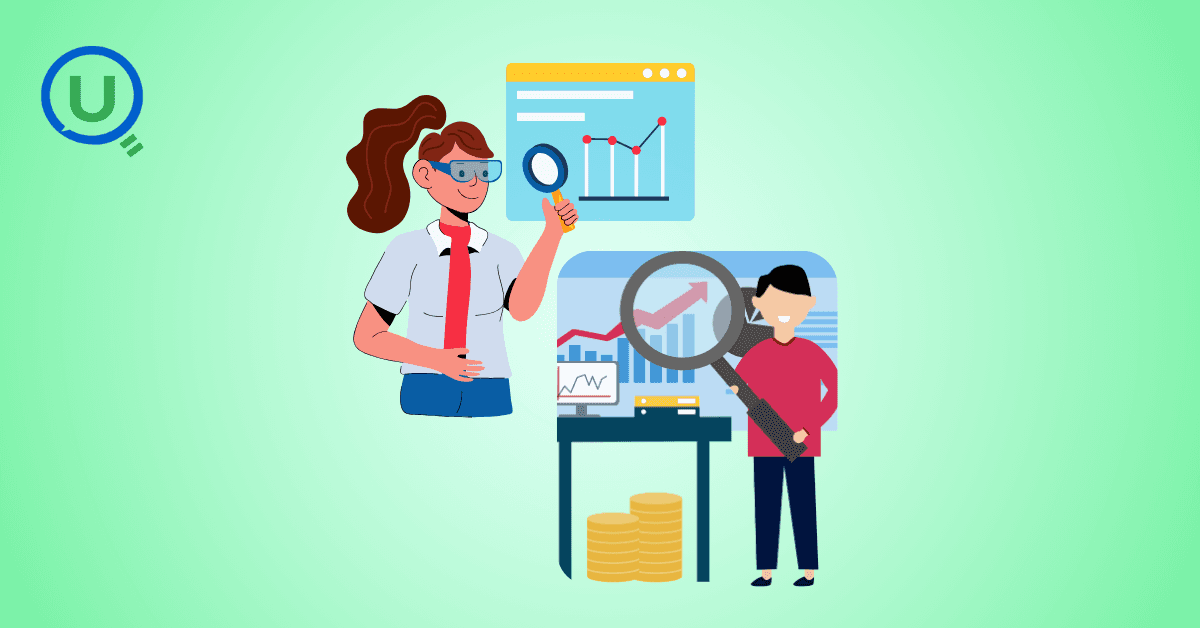
Discover the key differences between data scientists and data engineers, their roles, responsibilities, and tools. Learn how Enqurious helps you build skills in both fields with hands-on, industry-relevant learning.
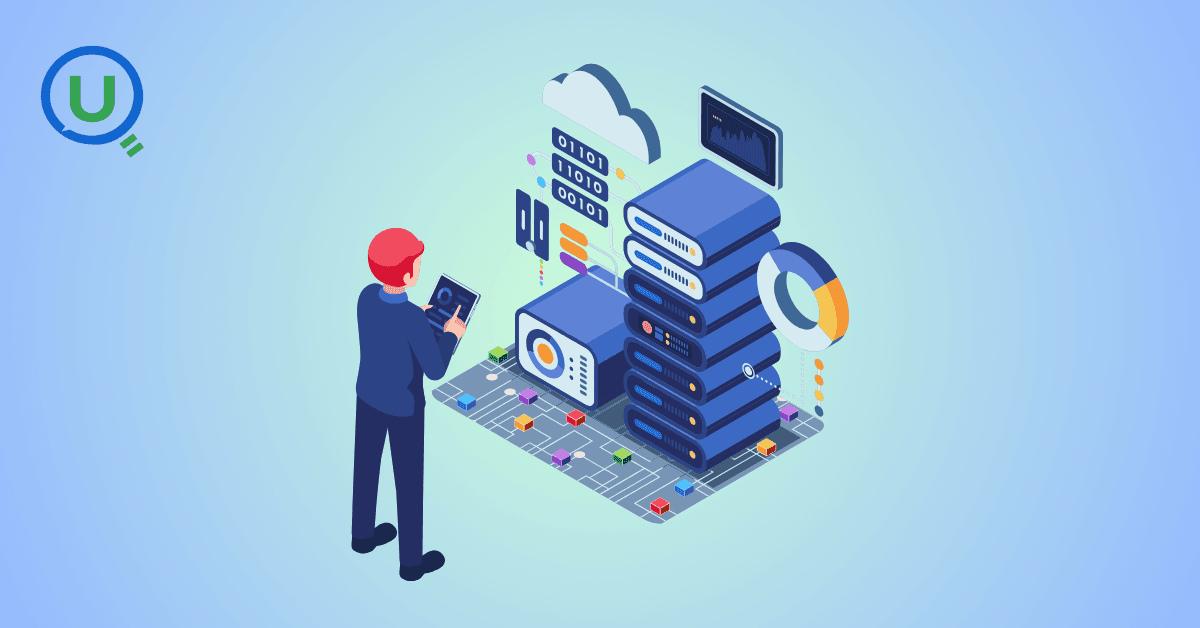
Discover the 9 essential steps to effective engineering data management. Learn how to streamline workflows, improve collaboration, and ensure data integrity across engineering teams.

Azure Databricks is a cloud-based data analytics platform that combines the power of Apache Spark with the scalability, security, and ease of use offered by Microsoft Azure. It provides a unified workspace where data engineers, data scientists, analysts, and business users can collaborate.

In today's data-driven world, knowing how to make sense of information is a crucial skill. We’re surrounded by test scores, app usage stats, survey responses, and sales figures — and all this raw data on its own isn’t helpful.

In this blog, we will discuss some of the fundamental differences between AI inference vs. training—one that is, by design, artificially intelligent.
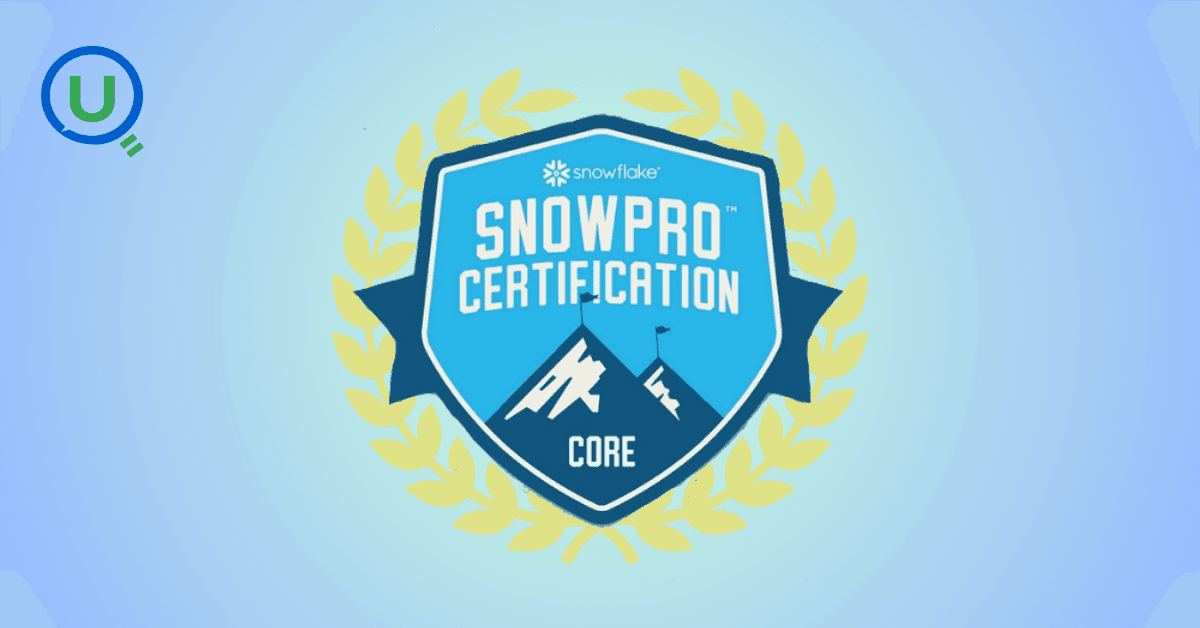
This guide provides a clear, actionable roadmap to help you avoid common pitfalls and successfully earn your SnowPro Core Certification, whether you’re making a career pivot or leveling up in your current role.

"Ever had one of those days when you’re standing in line at a store, waiting for a sales assistant to help you find a product?" In this blog we will get to know about -What is RAG, different types of RAG Architectures and pros and cons for each RAG.
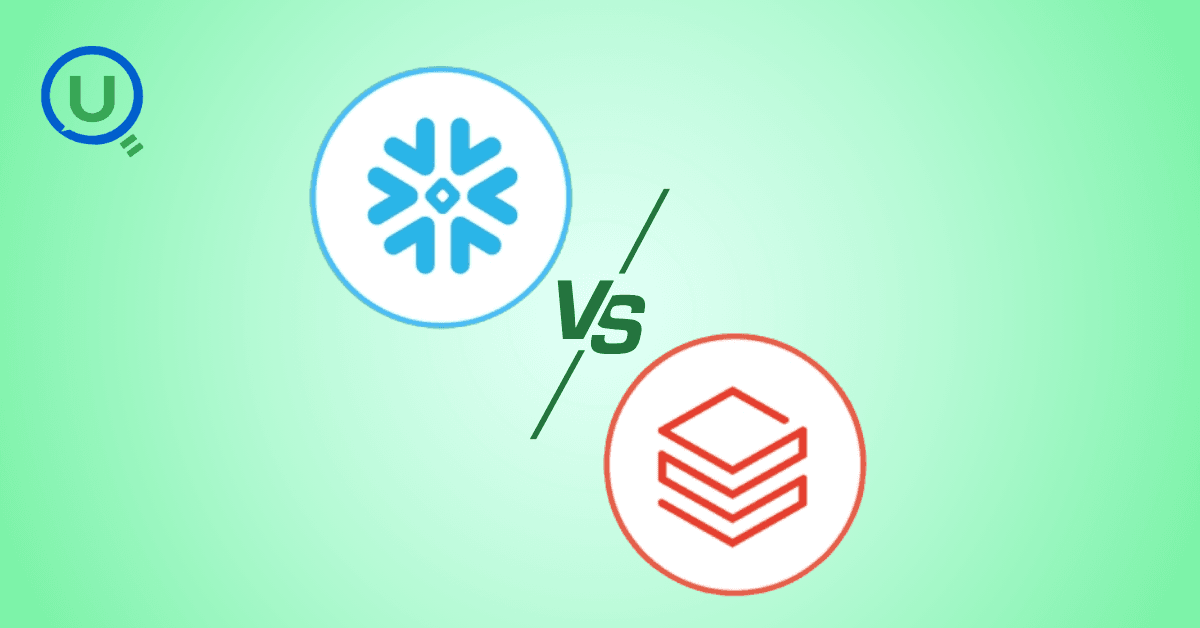
Discover how Databricks and Snowflake together empower businesses by uniting big data, AI, and analytics excellence
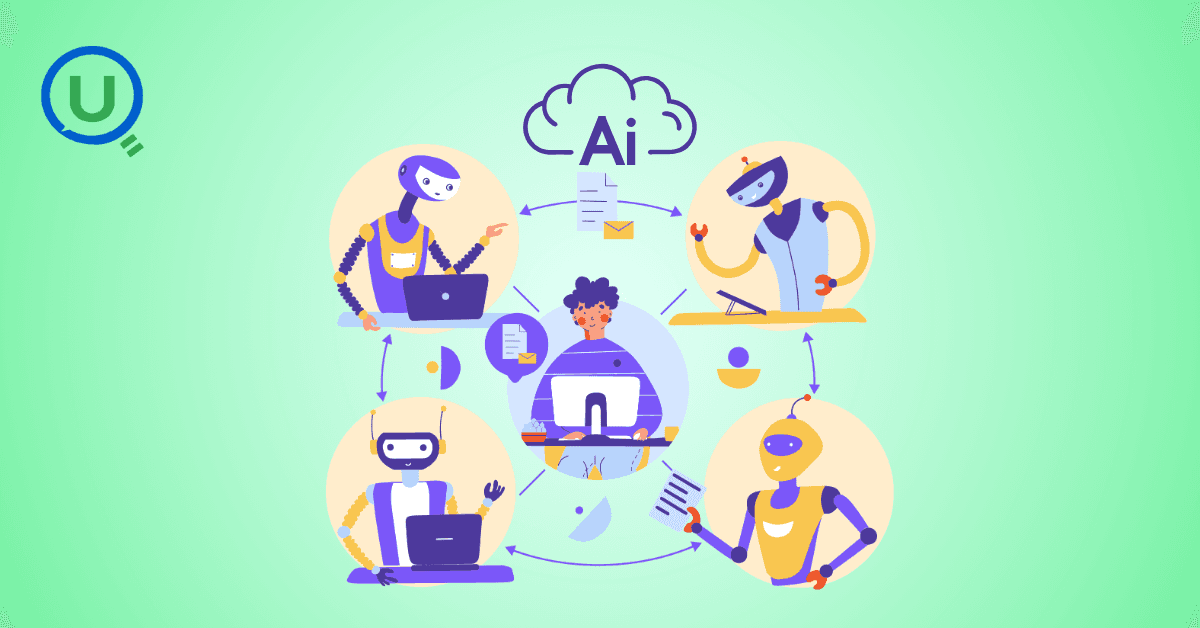
How do major retailers like Walmart handle thousands of customer queries in real time without breaking a sweat? From answering questions instantly to providing personalized shopping recommendations, conversational AI reshapes how retailers interact with their customers.